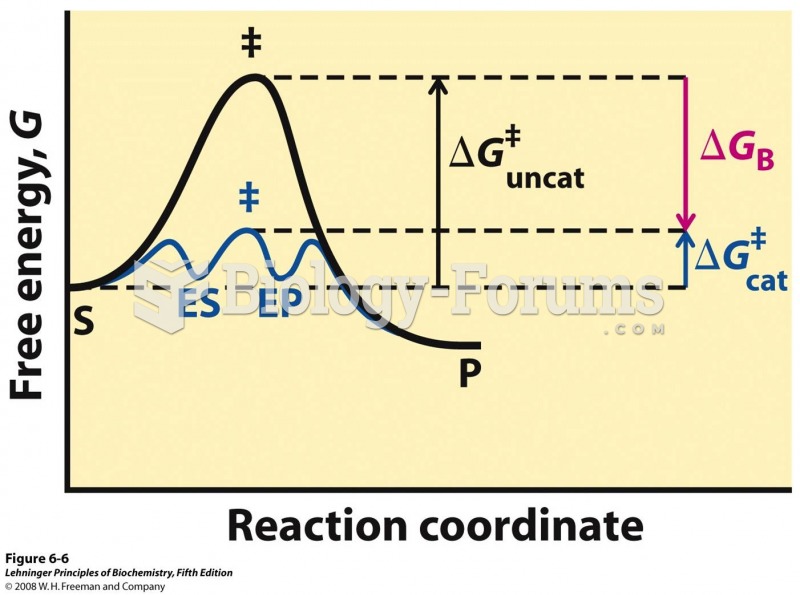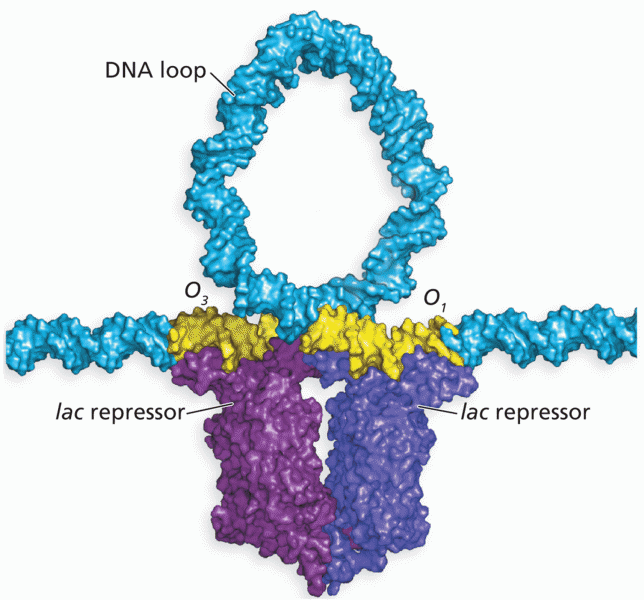Answer to Question 1
Arbitration is defined as the settling of a dispute by submitting it to a disinterested third party (other than a court), who renders a decision that may or may not be legally binding.
In nonbinding arbitration, the parties submit their dispute to a third party but remain free to reject the third party's decision. Nonbinding arbitration is more similar to mediation than to binding arbitration. If after a nonbinding arbitration award is given the parties are dissatisfied with the results, they may ignore the arbitrator's decision and have the dispute litigated in court. In binding arbitration cases, a party can
usually appeal the decision to a court for judicial review.
Frequently, disputes are handled through arbitration because of an arbitration clause in a contract entered into between the parties. An arbitration clause provides that
any dispute arising under the contract will be resolved by arbitration. Also, most
states have statutes under which arbitration clauses are enforced, and some state statutes compel arbitration of certain types of disputes, such as those involving
public employees. There is also a federal statute, the Federal Arbitration Act of 1925, which enforces arbitration clauses in contracts relating to certain types of activities, such as those involving interstate commerce.
Answer to Question 2
The paralegal interested in becoming a mediator should be thoroughly familiar with ADR law in the state in which she works. Some states do not require mediators to meet any special training requirements. Other states require mediators to have up to sixty hours of training in certain fields, such as family law, child development, or family dynamics.
In addition, the paralegal should check with her local paralegal association or with
one of the national paralegal associations to find out how she can pursue this career goal. She can also check with a county, state, or federal court in her area to see how to qualify as a mediator for court-referred mediation.
Generally, any paralegal aspiring to work as a mediator must have excellent communication skills. This is because, as a mediator, it will be your job to listen carefully to each party's complaints and communicate possible solutions to a dispute in a way that is not offensive to either party.







